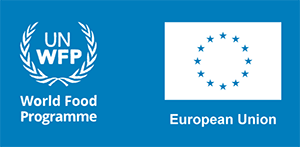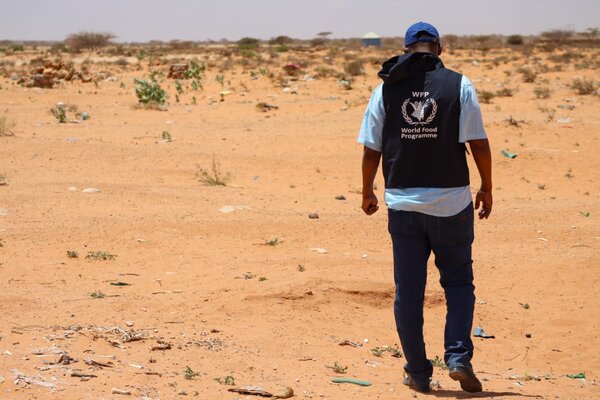
A Global Food Crisis
WFP's Partnership with the EU
The European Union did not back down from the challenges the world faced in 2022. For the second year in a row, the European Commission was WFP’s third largest donor and contributed €660 million to the organization, once again reinforcing its commitment and solidarity to the world’s most vulnerable. While a majority of EU funding to WFP targeted life-saving humanitarian activities, the EU also contributed to WFP's life-changing work around the world. Combined, the EU and its Member States made up 25% of WFP’s budget in 2022.

The European Commission’s Directorate-General for European Civil Protection and Humanitarian Aid Operations (DG ECHO) is WFP's primary partner in the European Union, representing 73% of our funding from EU institutions in 2022. This generous support allowed WFP to address the world’s worst emergencies, helping us reach the most vulnerable in countries affected by conflict, climate change and economic crises. The EU's humanitarian funding allowed WFP to save lives in the most severe emergencies — places like Yemen, Ukraine, Afghanistan, Sudan and South Sudan.
Thanks to support from the European Commission’s Directorate-General for International Partnerships (DG INTPA), WFP worked to address the root causes of hunger, providing communities around the globe with sustainable and long-term solutions to lift them out of hunger and poverty — ranging from resilience building and livelihoods activities in Afghanistan, to school meals programmes in the Democratic Republic of the Congo.
Together with the European Commission’s Directorate-General for Neighbourhood and Enlargement Negotiations (DG NEAR), WFP helped strengthen national social safety nets in countries like Lebanon, allowing us to provide cash assistance to both vulnerable refugees and impoverished host communities.
Funding from the European Commission’s Service for Foreign Policy Instruments (FPI) has helped WFP implement a triple-nexus approach in Burkina Faso and Mali, setting up projects that address hunger and malnutrition, build resilience and protect livelihoods, and invest in peace by strengthening social cohesion.
Across the European Union
In addition to working with the European Commission to fight hunger around the globe, WFP has also developed strong partnerships with the other EU institutions in Brussels, particularly the European Parliament, the Council of the European Union and the European Union External Action Service (EEAS).
WFP, FAO and the EU are also the founding members of the Global Network Against Food Crises, which every year publishes an annual report — called The Global Report on Food Crises — with the latest numbers on people facing acute hunger and malnutrition in crisis-prone countries.
WFP also worked closely with the EU at high-level pledging conferences during the year, including the Brussels VI Syria Conference and the Yemen Senior Official Meeting, as well as high-level dialogues and events, such as the European Humanitarian Forum and the European Development Days. We also held frequent briefings for EU Member States through the Council’s working parties on humanitarian and development aid, as well as with members of the European Parliament and Parliamentary Committees, such as the Committee on Development.
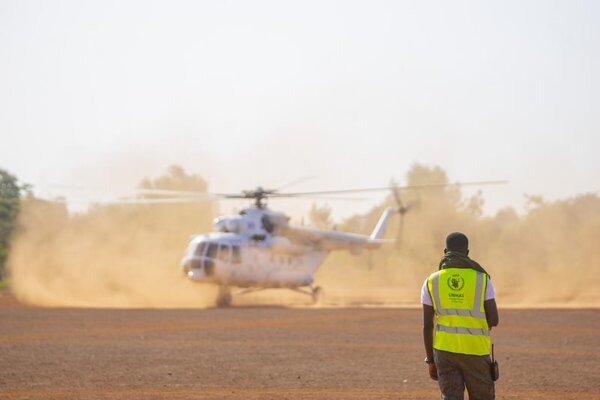
EMERGENCY RESPONSE
UKRAINE
The war in Ukraine brought drastic consequences for people inside the country and those around the world who depend on its grain supplies. Close to 8 million Ukrainians are refugees in Europe, in one of the fastest forced population shifts since WW2. Another 5.9 million are internally displaced. In 2022, WFP reached roughly 3 million people inside Ukraine with assistance, from ready-to-eat meals to cash, thanks to the solidarity of donors like the EU.

Afghanistan
In Afghanistan, a humanitarian crisis of incredible proportions has grown even more complex and severe. Job losses, lack of cash and soaring prices have created a new class of hungry and pushed millions to the brink. Thanks to support from donors like the EU, WFP reached 23 million people across the country in 2022 alone, including 12 million women and girls.
YEMEN
Hunger levels in Yemen in 2022 were unprecedented, causing severe hardship for millions of people. With 17 million Yemenis food insecure, WFP reached nearly 13 million people with food and nutrition assistance, making it one of the largest emergency responses in the world. Generous support from donors like the EU was vital to keep WFP’s operations afloat and reach those most in need.
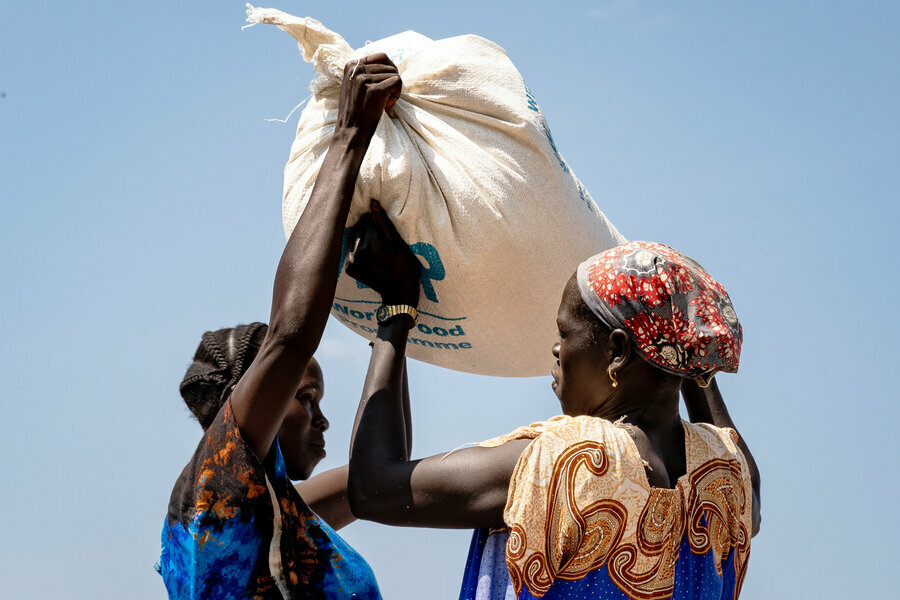
South Sudan
Food insecurity in South Sudan has reached the most extreme levels since its independence in 2011. In 2022, the situation remained dire across the country as two-thirds of the population — some 7.7 million people — faced severe hunger. WFP, with the support of the EU, continued to provide nutrition and life-saving food assistance to 5 million people across the country.
Nigeria
In 2022, Nigeria’s northeast, which was already burdened with conflict, displacement and insecurity, faced increased hunger levels due to floods. Some 8.4 million people were food insecure. Funding from the EU not only helped WFP reach over 1.7 million people with emergency food assistance, it also allowed WFP to provide safe and reliable air services for the entire humanitarian community within in the country.
Syria
Continual crises for over a decade have exhausted Syrian families’ ability to cope. Eleven years into the emergency, 2022 was marked by historic levels of hunger as 12 million Syrians faced acute food insecurity. Funding from donors like the EU allowed WFP to provide life-saving food assistance to 5.6 million people each month, helping those most in need with food rations, vouchers, school meals and nutrition support.
HORN OF AFRICA
The Horn was gripped by a severe drought with a fifth consecutive failed rainy season in 2022. Ethiopia, Kenya and Somalia were hardest hit, with over 22 million people facing severe hunger. Funding from the international donor community — including the EU and its member states — enabled WFP to scale up and reach 8.5 million people in the region. This helped keep famine at bay in Somalia, but by the end of the year the situation remained critical.
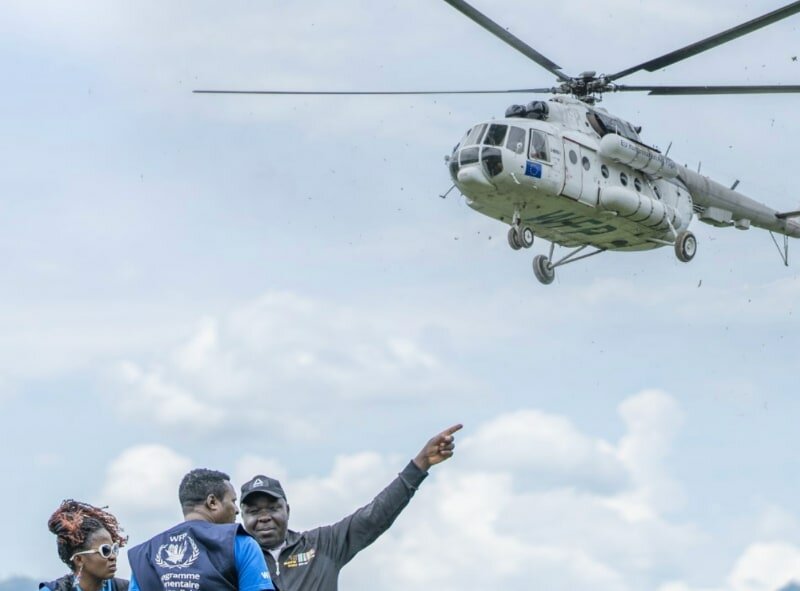
LOGISTICS SUPPORT
The European Union is one of the most generous donors to the WFP-managed United Nations Humanitarian Air Service (UNHAS), allowing WFP to transport humanitarian cargo and staff reliably in several countries, including Nigeria and Haiti. The EU also works with WFP for their European Union Humanitarian Aid Flight (EU HAF) service, which supports EU-funded humanitarian projects with dedicated and safe air transport by plane and helicopter, flying in Burkina Faso, DRC, Kenya, Madagascar and Mali.
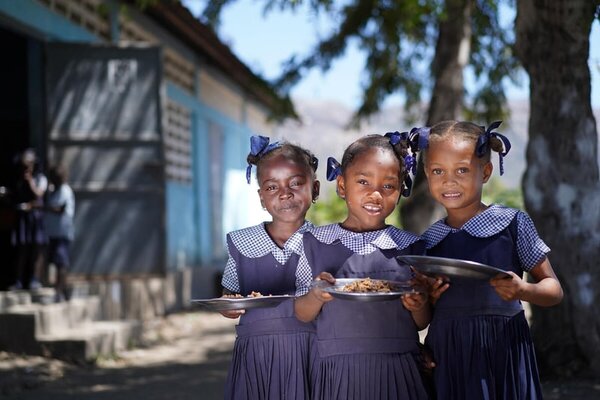
Forgotten Crises
Haiti
Haiti found itself on the verge of a humanitarian catastrophe in 2022 as it grappled with socio-political fragility, a crippled economy and gang violence. The most severe form of hunger – also known as Catastrophic hunger or IPC 5 – was recorded in the country, a first in the western hemisphere this century. Funding from donors like the EU proved vital for WFP, allowing the organization to continue its operations and reach those most in need with life-saving food assistance.
Democratic Republic of the congo
In the grips of a dire humanitarian crisis, the Democratic Republic of Congo saw high levels of hunger and malnutrition in 2022. Largely driven by conflict, mass displacement and low agricultural production, a significant scale-up was required to reverse a deepening hunger crisis. Thanks to funding from the EU and other donors, WFP was able to respond to these growing needs and reach 6.2 million people with lifesaving food and nutrition assistance.
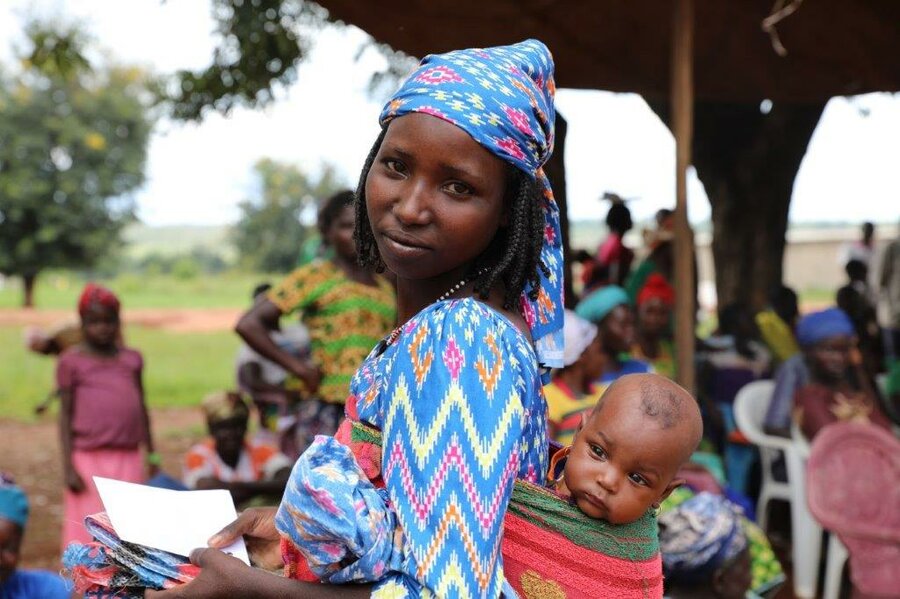
central african republic
The protracted humanitarian crisis in Central African Republic (CAR) is one of the world’s most neglected. Since the December 2020 presidential elections, the country has been torn by violence and insecurity. In 2022, the situation remained extremely volatile with more than half of the population in need of humanitarian assistance. Thanks to donors like the EU, WFP was able to reach some of the most vulnerable people who were forced to flee their home with cash assistance.
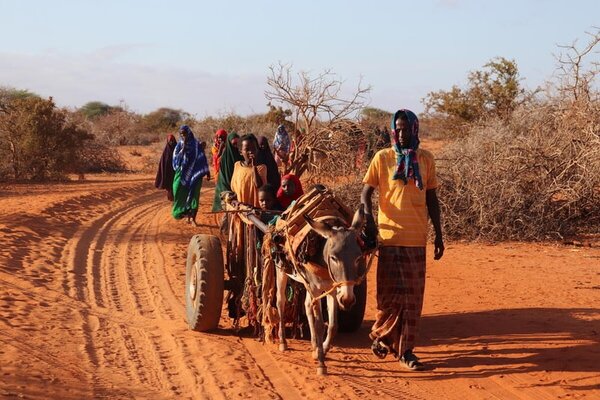
Climate Crisis
NAMIBIA
When the ripple effects of the war in Ukraine made their way to Namibia in the form of rising food prices and wheat shortages, the country had already been facing increased hunger due to erratic rainfall, droughts and wildfires. To counter the threat of rising levels of hunger, WFP, with the help of donors like the EU, distributed cash assistance. This allowed families get through the hardest times between harvests and helped them cope with the impacts of weather extremes.
Madagascar
In 2022, recurrent drought continued to drive acute hunger in Madagascar. By December, some 2.2 million people were food insecure in the south and south-east of the country. Thanks to the EU, WFP was able to provide emergency assistance to 1.3 million people throughout the year. The EU also funded the WFP-managed UN Humanitarian Air Service, which helped ensure rapid and safe access to the most remote areas in the country.
MOZAMBIQUE
Mozambique is one of the most disaster-prone countries in the world. It is highly vulnerable to extreme climatic conditions that destroy infrastructure and restrict economic growth, which hinder efforts to achieve environmental sustainability and eradicate extreme poverty. EU funding has helped WFP set up early warning systems in Mozambique to map flood risks and take anticipatory action to help communities prepare for climate extremes.
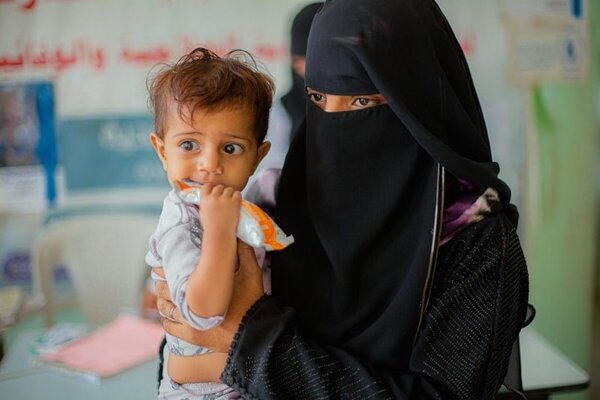
Nutrition Support
Central Sahel
In 2022, WFP provided food and nutrition support to vulnerable communities in the Central Sahel – comprising of Burkina Faso, Mali and Niger. The programme, which is funded by the EU, has helped strengthen local, regional and national food systems by boosting the production, conservation, processing and consumption of nutritious foods.
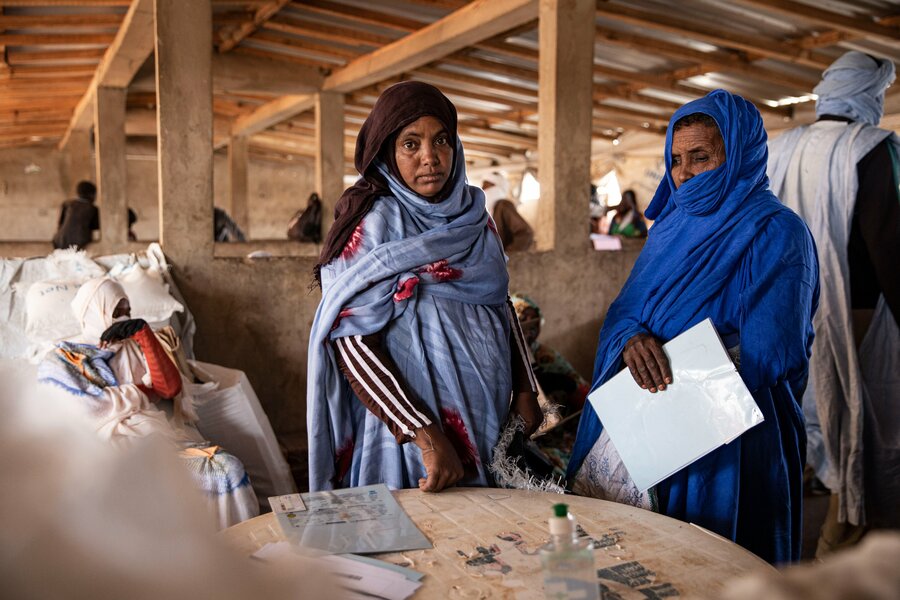
MAURITANIA
Support from the EU has enabled WFP and the Mauritanian government to set up a national response plan to prevent nutrition crises and to strengthen overall food security. The funding allowed WFP to assist over 138,000 vulnerable Mauritanians, as well as 7,000 children and 9,000 pregnant and breastfeeding women in 2022 with targeted nutrition assistance.
SOUTH SUDAN
In 2022, when hunger levels in South Sudan reached new highs, there were 1.4 million malnourished children in the country. Thanks to EU support for WFP’s nutrition programme, WFP was able to help mothers and young children with specialized treatment to nourish them back to health and prevent malnutrition down the line.
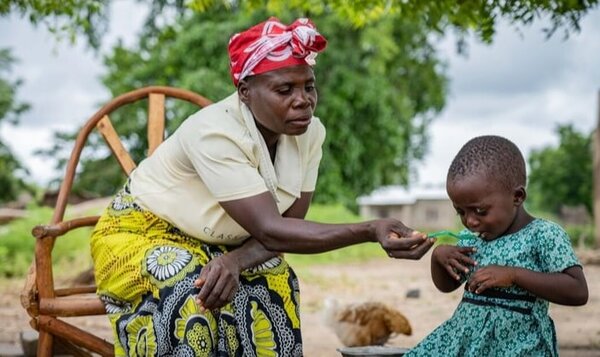
School Feeding
ETHIOPIA
Ethiopia has experienced prolonged droughts with several consecutive poor rainy seasons. In 2022, some 7.4 million Ethiopians were impacted by drought and in need of assistance, including many children. Support from the EU enabled WFP to reach nearly 100,000 children through school feeding programmes, keeping them healthy and able to concentrate at school.
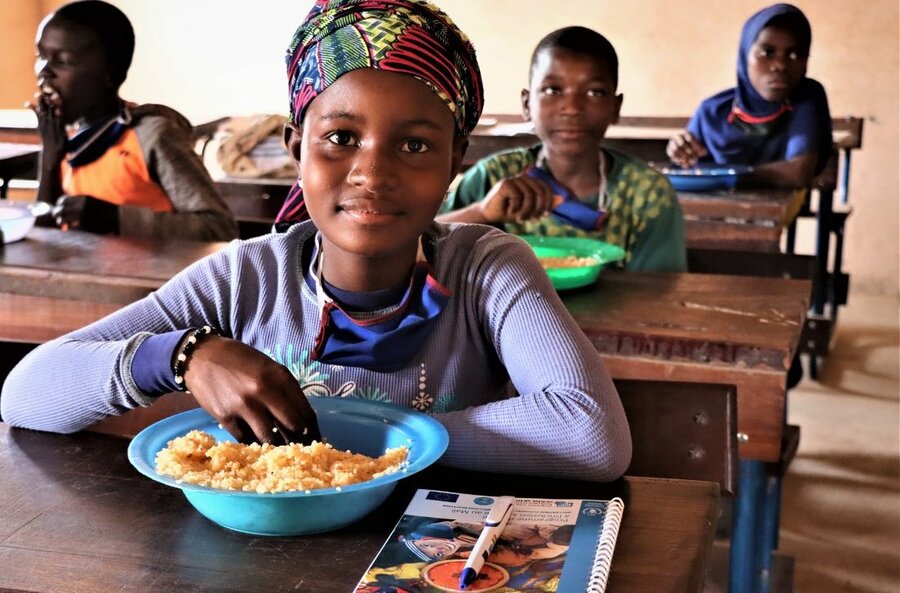
Mali
In Mali, the EU has helped WFP run a school meals programme that aims to increase attendance and reintegrate 250,000 children, at least 50% of whom are out-of-school, into the education system. The programme encourages families to keep girls in schools while also improving students’ health and wellbeing.
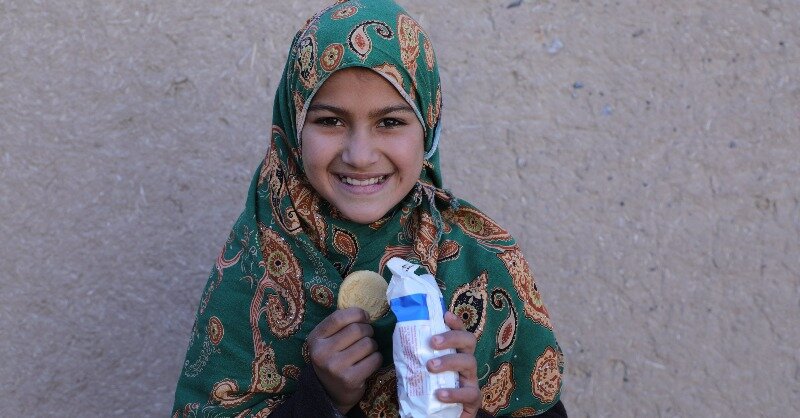
AFGHANISTAN
The crises that Afghanistan has faced have crippled the country. In 2022, millions of people faced hunger as families struggled to put food on the table and feed their children. As part of its response, WFP supported schools with high energy biscuits and fortified meals for students across the country through its EU-funded school meals programme.
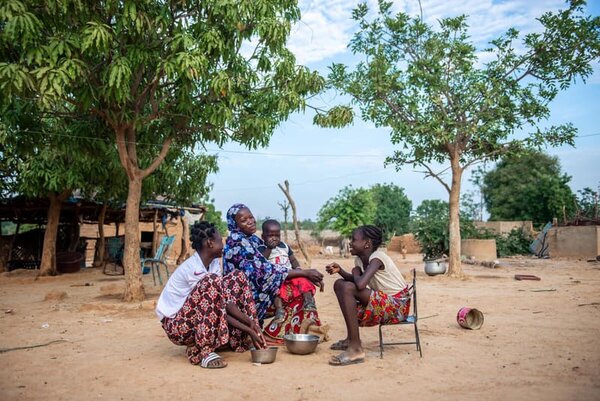
Social Protection
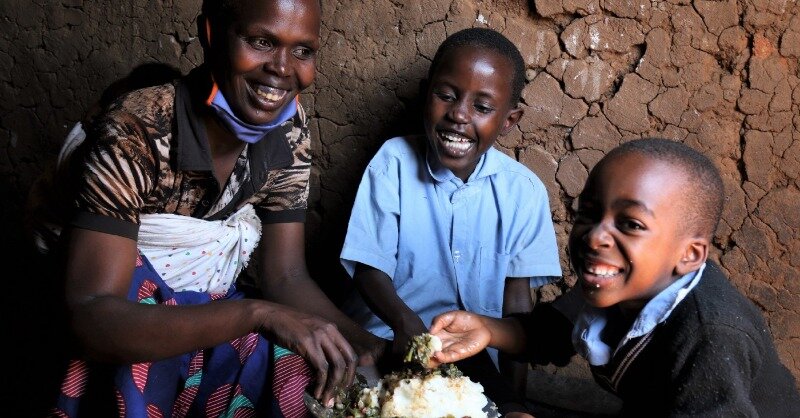
RWANDA
Following the COVID-19 pandemic, WFP — with the help of the EU — provided the Rwandan government with technical support to its recovery efforts. WFP helped ensure that social protection systems were expanded to the most vulnerable and most food-insecure Rwandans affected by the pandemic. WFP helped improve targeting, monitoring and evaluation, as well as communication with beneficiaries, with the aim of leaving no one behind.
LEBANON
In Lebanon, a country rocked by multiple crisis, WFP has been helping the government provide cash assistance to both Syrian refugees living in the country as well as the Lebanese host communities, as part of nation social protection programmes. The assistance, which was made possible thanks to generous donors like the EU, has helped vulnerable households cope with skyrocketing inflation and a currency devaluation.
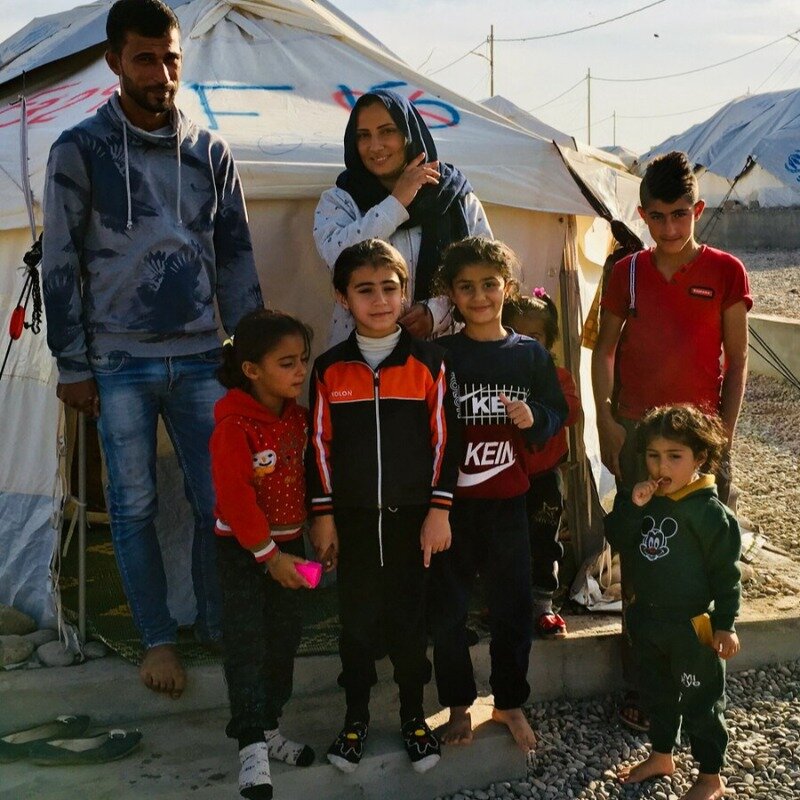
IRAQ
With EU support, UNICEF, ILO and WFP partnered with the Government of Iraq and the Kurdistan Regional authorities to help reform their social protection systems. The joint programme aims to adapt, expand and innovate social protection responses to address the immediate needs of women, children, their families, workers in the informal sector and communities in the wake of the COVID-19 pandemic.
